From ruins to ‘Riviera’: what comes after the apocalypse
Transforming Gaza into ‘the Riviera of the Middle East’ would present overwhelming challenges – not least from Hamas. But it’s worth looking at the feasibility and implications of US President Donald Trump’s proposal.
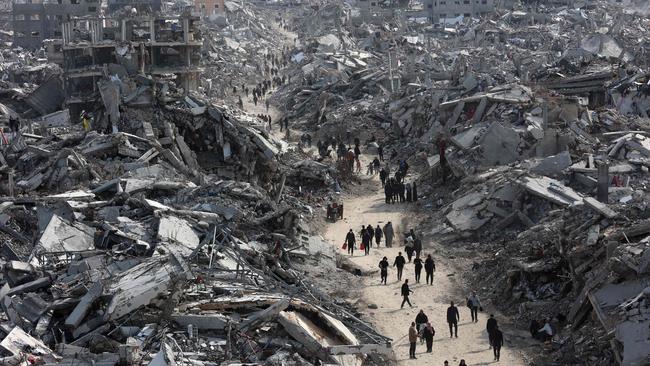
Trump’s approach is clearly chaotic – and often ridiculed by his political enemies in the media – but there’s method in the madness. He uses it to draw attention to an issue, prompting others to consider it afresh, and occasionally bringing unexpected results such as the Abraham Accords in the Middle East or the push to increase NATO nations’ defence spending. More often it fails, as in Trump’s attempted rapprochement with North Korea; or is inconclusive, as in his proposal to purchase Greenland from Denmark that he first floated in 2019 and recently renewed.
We may be seeing a repeat of it in his push to “take over and own” and reconstruct the Gaza Strip, levelling it and then turning it into the “Riviera of the Middle East”.
Others have discussed the ethics, legality and political wisdom of this proposal at length, and I have little to add to what has already been said on those subjects. But in the interest of fact-based discussion, it’s worth exploring the military feasibility and broader strategic implications of the proposal.
Any reconstruction plan must reckon with Gaza’s current condition as a starting point. The Gaza Strip suffered immense destruction in the 16 months following Hamas’s surprise attack on Israel on October 7, 2023. The damage – particularly in the northern and central portions of the strip, which were bombed and bulldozed as Israeli troops moved in to search for Hamas militants and installations – is unprecedented in Israel’s history, as is the war itself and the attack on Israel. Perhaps 70 per cent of all buildings have been destroyed in North Gaza, 74 per cent in Gaza City and 50 per cent or more across the remainder of the strip: a total of 170,000 structures levelled in an area of only about 360sq km.
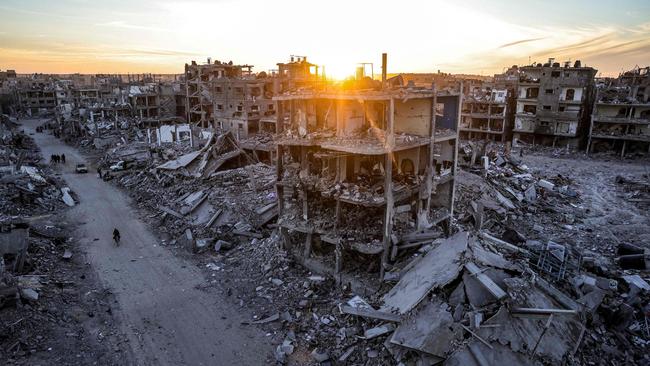
Besides the bomb damage, free-fire corridors have been cleared to a depth of several hundred metres around Gaza’s external borders. Internally, the strip is bisected by a 4km-wide strip of open ground, the Netzarim Corridor, razed to bare earth by armoured bulldozers in 2024 and occupied until last week by Israeli troops. These corridors are intended to prevent the manoeuvring of militants while helping Israeli forces separate them from civilians.
In uncleared areas, which account for most of the strip, the volume of rubble is vast. It is riddled with unexploded bombs and contaminated with toxic substances. Hamas tunnels, some holding caches of explosives, lie under the surface and honeycomb the rubble, making already unstable ruins more dangerous. Those ruins hold the bodies of up to 12,000 people entombed in the debris and unable to be removed without heavy equipment, which Israel has banned so that it cannot be conscripted by Hamas.
Clearing this wreckage, according to a UN estimate, would take 15 years with 100 trucks working full time. Current ad hoc reconstruction efforts recycle the rubble, since Israel also blocks importation of construction materials – “dual-use” supplies that Hamas could use for fortifications.
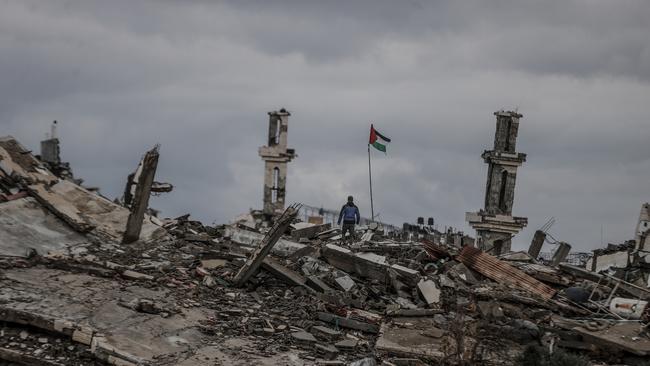
The Gaza Health Ministry, which is Hamas-controlled, calculates roughly 46,000 Palestinians killed and more than 100,000 wounded since the war began. It doesn’t separate out Hamas fighters from civilians. There have been suggestions of serious inaccuracies in the reporting, with claims the death toll is both significantly higher and significantly lower than the Hamas-released figures.
According to the UN, 1.9 million people – 90 per cent of Gaza’s pre-war population of 2.4 million – are internally displaced. Many are in an Israeli-designated humanitarian zone at al-Mawasi in Gaza’s southwestern coastal area. Since the ceasefire, civilians have been leaving al-Mawasi in enormous numbers, moving back into depopulated areas, with hundreds of thousands of people camping in the rubble of their former homes.
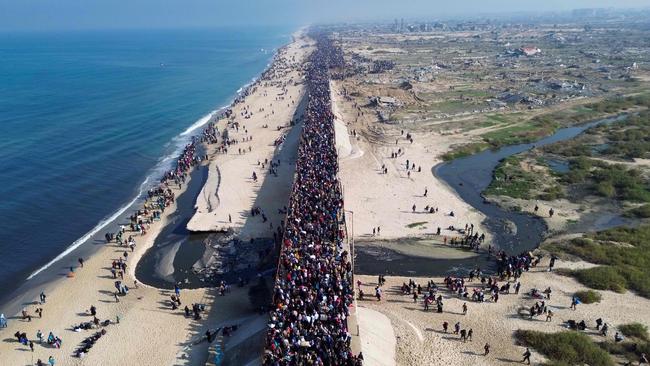
All this is to say that any effort to rebuild Gaza would be enormous, expensive, complex and time-consuming, costing billions and lasting at least a decade. It also would have to reckon with an armed opposition. Hamas – the Iranian-backed terrorist group that governed Gaza before the conflict and triggered the war with its brutal attacks of October 7 – remains a capable fighting force.
Hamas’s survival illustrates the extreme difficulty that conventional forces face against irregular troops in urban terrain, something seen repeatedly this century in battles from Fallujah and Mosul in Iraq to Marawi in The Philippines.
Hamas’s tactic of hiding behind civilians, its extensive tunnel network (more than 5700 tunnel entrances into 560km of underground passageways) and the presence of the Israeli hostages in those tunnels have made it even harder to target.

As a result, out of roughly 30,000 fighters at the outbreak, Hamas today has as many as 10,000. Before the war, Hamas was structured into military-style brigades and battalions, a police force and several specialised units including those that spearheaded the multi-domain terrorist attack on Israel. Israeli sources estimate that as many as 17,000 Hamas fighters have been killed. The group’s leadership structure has been heavily damaged, with many battalion and brigade commanders killed, as well as the head of Hamas’s political bureau, Yahya Sinwar, head of government Rawhi Mushtaha, commander of the al-Qassam Brigades (Hamas’s military wing) Mohammed Deif and his deputy Marwan Issa, along with the head of the Hamas police and his deputy.
Despite its losses, the organisation remains effective, with key leaders – including the head of Hamas’s internal security service, Tawfiq Abu Naim, and Sinwar’s brother, Mohammed Sinwar – still alive. Mid-level commanders have been replaced, though the al-Qassam Brigades now appear to be operating as a below-the-radar guerrilla force rather than their pre-war conventional structure.
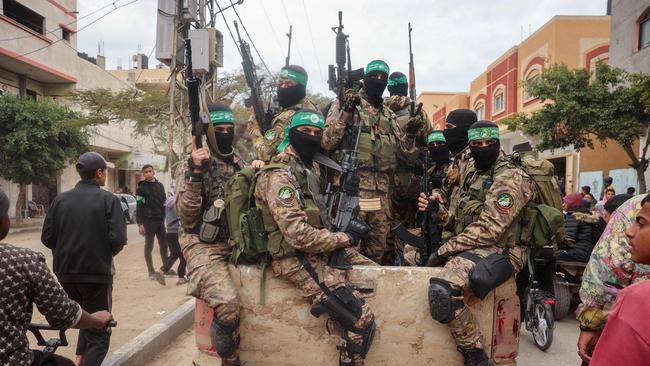
In addition, several thousand Hamas police, who took their uniforms off during the conflict to avoid being targeted by Israel, have re-emerged. Hamas-led civil governance structures are fully engaged and appear to have support from Gaza’s civil population, though this is hard to gauge.
With Hamas still armed and exercising control in the area, any reconstruction would be opposed. Opposed reconstruction implies the need for a protection force of troops on the ground. This could be an international peacekeeping force, a US-led counterinsurgency force, or an Israeli-led force with US advisers or enablers in support.
The first two options are extremely unlikely for political reasons: a Biden administration proposal for a mixed Palestinian-Arab peacekeeping force supported by the US drew strong opposition in May 2024, while Trump was elected on a platform of ending overseas wars of choice, particularly the kinds of Middle Eastern counterinsurgency missions pursued by his predecessors. Trump has promised no US “boots on the ground” in Gaza.
This leaves the third option: US advisers, specialists, logistic support and other enablers to assist an Israeli-led counterinsurgency or security force. Israeli Prime Minister Benjamin Netanyahu has been criticised by opponents for failing to deliver on a promised “day-after plan” for Gaza, and Israel is still facing fighting in the West Bank, confronting Hezbollah on its northern border, and occupying parts of Syria since the fall of Bashar al-Assad’s government in December 2024.
As a result – with two million civilians, an armed opposition numbering in the thousands, a massive reconstruction challenge and numerous other demands – it’s difficult to see how Israel could allocate sufficient forces for a sustained reconstruction effort. Any attempt to do so would arguably soak up more resources than Israel has available while causing a constant trickle of Israeli casualties in low-level warfare amid an essentially permanent occupation.
The desire to avoid precisely this outcome was what originally prompted Israel to unilaterally disengage from Gaza in August-September 2005, withdrawing its troops and evacuating settlements in the strip. Hamas then quickly won a landslide victory in the Palestinian parliamentary elections of 2006, a result that Israel and the US refused to recognise, followed by constant cross-border terror attacks and Israel’s blockade of Gaza that set the conditions for the war just fought.
Given the military unacceptability of all the other options, it’s easy to see the superficial attractiveness of removing Gaza’s population – with or without right of return – and resettling them elsewhere.
This would give Israel a free hand to rebuild the strip without needing to provide for its population or deal with an armed opposition hiding, as Hamas would certainly do, among civilians. In the absence of civilians, Gaza would in effect become a massive free-fire zone where Israeli forces could theoretically use unrestricted force against Hamas.
But this too is a strategic non-starter. Egypt, Jordan and Saudi Arabia have all refused to accept civilians from Gaza or indeed to support the concept of resettling the Gazan population. These countries are Washington’s closest partners in the region, key to Trump’s larger goal of unifying Arab states against Iran, and supporters of US-led counter-terrorism efforts. Alienating them for the sake of solving Netanyahu’s post-conflict problem is a losing strategic proposition for Trump.
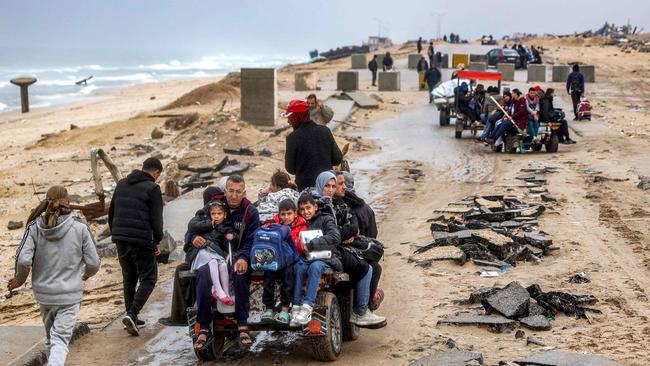
This may help explain why he has proposed that the US would take over and own the strip, receiving in effect a territorial concession from Israel in return for reconstruction support. Such a quid pro quo might make transactional sense but it runs counter to Trump’s entire strategy of disengaging from US permanent presence in the region.
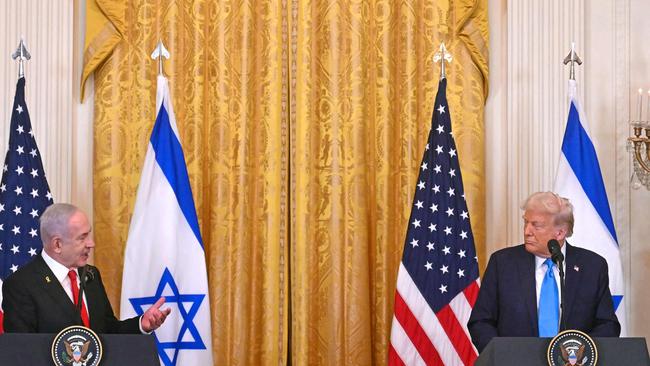
It also may draw opposition from Israel, which has avoided a formal alliance with the US precisely to avoid having to make concessions or commitments in return for American support.
US annexation of Gaza – which is what “taking over and owning” the strip would amount to in legal terms – would certainly be opposed by the international community, not least because Gaza is not Israel’s territory to give away in the first place. UN secretary-general Antonio Guterres has already described the idea as ethnic cleansing. Other permanent members of the UN Security Council might oppose the plan, veto UN recognition or support sanctions against the US as a result. Worse, Russia and China might actually support the idea, then use it as justification for their own annexations of Ukraine or Taiwan.
United Nations Secretary-General @antonioguterres calls for full #Gaza ceasefire, rejecting ‘ethnic cleansing’.
— United Nations Geneva (@UNGeneva) February 10, 2025
“In the search for solutions, we must not make the problem worse. It is vital to stay true to the bedrock of international law."
https://t.co/9GD8diPjrDpic.twitter.com/0uuSSs8mko
The Israel-Hamas ceasefire was already beginning to look shaky before this proposal was floated and it looks even shakier now. The first phase ends on March 2 and negotiations have been ongoing in Qatar to secure a second phase. The reaction – regionally and from Hamas – to Trump’s takeover proposal is one of several factors (along with ongoing clashes in northern Gaza and the West Bank) that is likely to collapse the ceasefire.
Renewed fighting in Gaza would prompt the Houthis in Yemen to restart their interdiction of shipping in the Bab el-Mandeb strait. That interdiction caused one of the most severe disruptions of international trade in recent memory, with supply-chain impacts and disruption to regional economies.
European and US-led naval task groups proved ineffective in protecting commercial ships against Houthi missiles and drones, and there is no reason to think they would be any more effective if the Houthis were to restart their campaign.
Overall, then, whatever the political rhetoric, the military reality is that there are no good solutions here. Ultimately, the best that could be said of Trump’s Gaza gambit is that – like many of his more outlandish proposals through the years – it might have enough of a shock effect to jolt others out of a policy rut, prompting creative consideration of one of the world’s knottiest and most persistent problems.
That’s the best case: given Gaza’s post-apocalyptic landscape, the failure to formulate a viable post-conflict plan and key players’ fundamentally incompatible objectives, the likelier outcome is, unfortunately, that the ceasefire will collapse and fighting will resume.
David Kilcullen served in the Australian Army from 1985 to 2007. He was a senior counter-insurgency adviser to General David Petraeus in Iraq in 2007-08, followed by special adviser for counter-insurgency to secretary of state Condoleezza Rice. He is the author of six books including most recently The Dragons and the Snakes: How the Rest Learned to Fight the West and The Ledger: Accounting for Failure in Afghanistan.




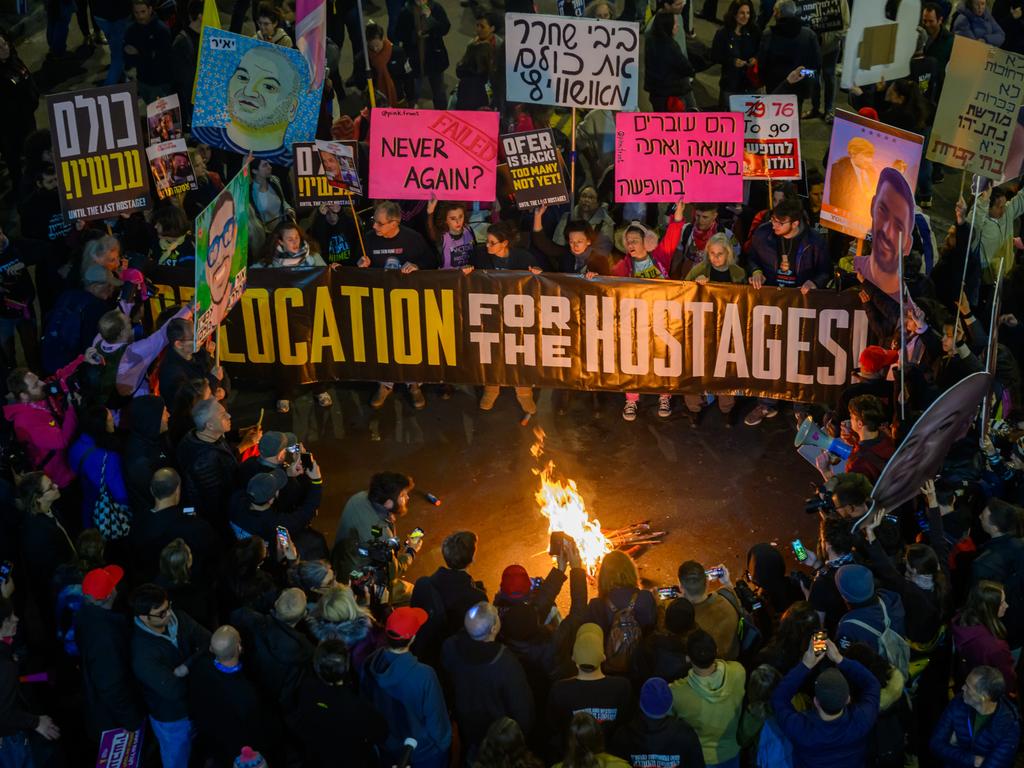
For better or worse, most of us are familiar by now with US President Donald Trump’s negotiating style. He likes to start with splashy announcements, seemingly out of the blue, combining threats against adversaries (“fire and fury like the world has never seen”) with (“amazing, beautiful”) benefits for compliance. He often floats ideas without discussing them with advisers or allies, catching both by surprise; shifts his position as others respond; and is not above trolling adversaries with bombastic proposals from which he (sometimes) backs down.